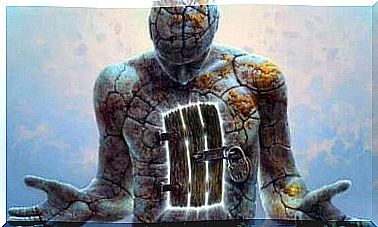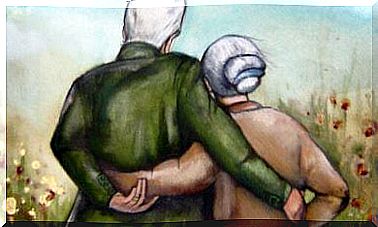“Mom, I Do Not Need You ” – Avoidant Addiction
Addiction is an intense emotional bond that plays a big role in our relationships. Although there are certain types that are harmful, the addiction itself is healthy and necessary. It develops in childhood – one of the most important periods in a person’s life. If there has been any form of harmful behavior during this period, an avoidant addiction may occur.
If the environment we were raised in led us to develop this type of addiction, we will have many problems building healthy relationships. But we will not be aware of these problems until we are older. There are also adults with problems based on their style of addiction, and they are unaware of what has caused this.
Let’s go back to childhood. Let us think about how children adapt to the environment in which they happen to be born. If the parents are therefore too assertive or absent, they will develop defense strategies to deal with it. One of these strategies is an avoidance addiction.
Mary Ainsworth conducted several studies that led her to identify three types of addiction: avoidant, safe, and ambivalent. Of these, the only safe one is the “ideal”. The rest are dysfunctional addictions.
Ainsworth performed an experiment called “strange situation”. In it, she studied the behavior of babies when they were separated from their mothers.
What Ainsworth discovered with his experiment was very interesting. The children became easily angry, in other words they were very susceptible to anger. However, they did something different compared to what children usually do: they did not look for their mothers when they needed them.
A baby with a safe or healthy addiction will probably start crying when the mother leaves the room or leaves. But if the mother returns, she will stop crying and feel safe, calm and happy.
This did not happen with babies with avoidant addiction. They were indifferent. They did not care that the mother came back or left. Therefore, she did not provide the security that every child requires.
The most interesting thing about Ainsworth’s experiments is that children with this type of addiction were literally ignored by their mothers. But among strangers, they became more friendly and social. Ainsworth stated that because children had not learned to communicate their emotional needs to their mothers (or if they did but it did not work), they learned not to need them.
Avoiding addiction has serious consequences for every adult. At present, there are several studies that have classified this type of addiction in two ways: rejection-addiction and fear-addiction. Let’s see how these two perspectives influence avoidance addiction in adulthood.
People with rejection-avoidance addiction are usually very independent. They are also considered self-sufficient. This causes them to reject anyone who has any intention of being dependent on them. They are also reluctant to deepen relationships because of their refusal to “attach” to someone.
On the other hand, people with a fear-avoidance addiction want to get closer to others. However, their fear always wins. This is why it is difficult for them to trust other people, because there is a strong fear within them that they will be hurt. When they try to get close to other people, they feel very uncomfortable.
People with an avoidant addiction have great difficulty expressing their feelings. Their refusal to bond with people is nothing more than a strategy to protect themselves from being rejected. They have learned to defend themselves, to move forward without parental protection. That is why they have become self-sufficient. Even if it does not seem like it, they still suffer a lot.
Childhood is a very important stage. A healthy addiction will help children become adults who can have healthy relationships. If this does not happen, they will continue in accordance with the strategies they learned as children to protect themselves. It is a situation that will become increasingly unbearable.









